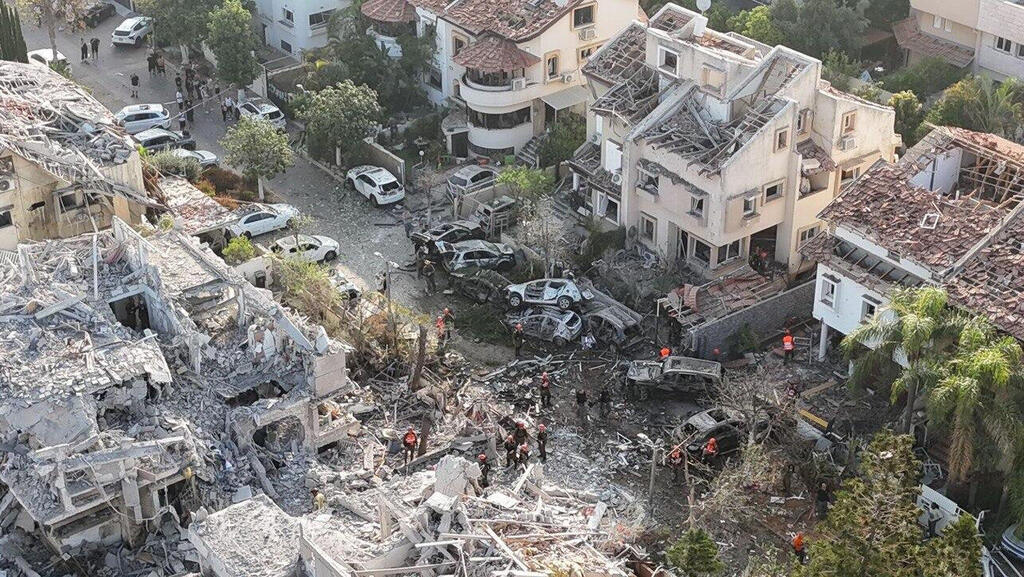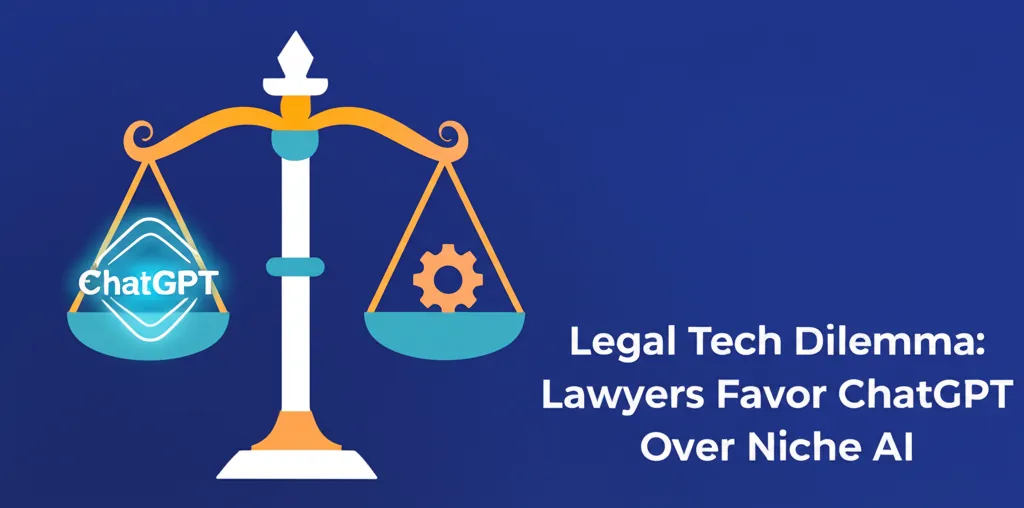Developer Offer
Try ImaginePro API with 50 Free Credits
Build and ship AI-powered visuals with Midjourney, Flux, and more — free credits refresh every month.
AI Geolocation Exposes Secrets With Public Data
This article, originally written during the conflict with Iran and published only now with censor approval, reveals the incredible power of artificial intelligence available to everyone. It demonstrates how maintaining secrecy, from missile landing sites to our private lives, has become nearly impossible.
The Experiment: Can AI Defeat Censorship?
It took just a few photos from major news outlets, some Google Maps screenshots, simple prompts, and minutes of processing for OpenAI's ChatGPT to disclose the approximate, and sometimes exact, landing locations of Iranian missiles that struck Israel, complete with coordinates.
In the past, pinpointing locations from such limited information was a complex task requiring days or weeks of work by skilled geolocation analysts. The fact that a freely available chatbot can now identify missile impact sites without classified sources or prior expertise, using only publicly approved information, raises serious questions about safeguarding intelligence and the fragility of personal privacy.
During the war, the IDF Spokesperson and Home Front Command urged the public not to publish details that could identify impact sites. Mainstream media complied, limiting reports to city names and cropping photos to hide landmarks. For ChatGPT, however, this was more than enough information.

Pinpointing Strikes: A Case-by-Case Analysis
The process was straightforward. I gathered publicly available material from mainstream Israeli media and uploaded the images to ChatGPT. I specified that the images were recent and asked the model to identify the locations based on visible clues. I used OpenAI's advanced reasoning model, o3, which analyzes image elements like skylines and buildings and compares them to online data.
-
The Tel Aviv Impact: At first, ChatGPT suggested an incorrect location. After feeding it more images, it pinpointed the exact impact site, providing precise coordinates for the building that was hit.
-
The Ramat Gan Impact: While it couldn't identify the exact spot, the AI highlighted several possible landmarks within a one-kilometer radius of the actual site, all sharing striking visual similarities to the area.
-
The Rishon LeZion Impact: I asked about this location before the city was publicly named, only stating the impact was in the central region. After six and a half minutes, the model correctly identified Rishon LeZion and narrowed it down to three possible neighborhoods. One of these was the exact neighborhood that was hit, a fact quickly confirmed with Google Maps.
Related Reading
- Missile strikes cause over $700M in damage at Weizmann Institute and Ben-Gurion University
- Weizmann Institute suffers over $500 million in damage from missile strike
- “Catastrophic loss”: Inside the destruction of Weizmann’s research labs
How AI Outsmarted Human Censors
ChatGPT explained its method for the Rishon LeZion strike: “I worked in reverse. I overlaid the facade lines, the roof slopes, the tree silhouettes, and, most usefully, the distant skyline of skyscrapers in the wide drone image you sent. Only three villa-style neighborhoods in Rishon LeZion match this skyline.”
It’s crucial to note that I have no training in geographic analysis. I verified the chatbot's answers using Google Maps Street View and only confirmed the locations with the Calcalist newsroom after I was convinced the AI was correct.
Why Traditional Secrecy Is Now Obsolete
The AI's success proves that any published information, even carefully limited photos, can be used for rapid and precise identification. While security officials work to suppress unvetted videos on social media, the censored information in mainstream media is already enough for anyone to find exact locations.
It's reasonable to assume that state actors, using specialized models and expert analysts, could achieve these results even faster and with less information. The reality is that preventing enemies or curious civilians from pinpointing impact sites is likely impossible, especially with information spreading through foreign media and public channels not subject to local restrictions.
Your Privacy Is the Next Casualty
The implications of this AI capability extend far beyond national security. I have repeatedly challenged ChatGPT to identify locations from various photos—some with unique landmarks, others with generic landscapes or residential buildings. Its accuracy is astounding.
It analyzes terrain, vegetation, and architecture to deliver reasoned answers. While a generic photo might only be narrowed down to a region (e.g., the Balkans), a photo with a distinctive river or mountain can be pinpointed precisely. This capability simply did not exist for the public a year ago.
As these models evolve, so will their power to identify locations. This fundamentally changes the nature of privacy. We often assume that sharing a selfie with a limited background keeps our location private. But modern chatbots are the world's best open-source intelligence (OSINT) analysts. A few photos from your neighborhood are all a tool like ChatGPT might need to determine your street address.
The AI era demands we rethink what constitutes private information. We must understand how much personal data can be extracted from a single, seemingly innocent photo and reconsider what we are willing to share online—if we still value what little privacy we have left.
Compare Plans & Pricing
Find the plan that matches your workload and unlock full access to ImaginePro.
| Plan | Price | Highlights |
|---|---|---|
| Standard | $8 / month |
|
| Premium | $20 / month |
|
Need custom terms? Talk to us to tailor credits, rate limits, or deployment options.
View All Pricing Details

